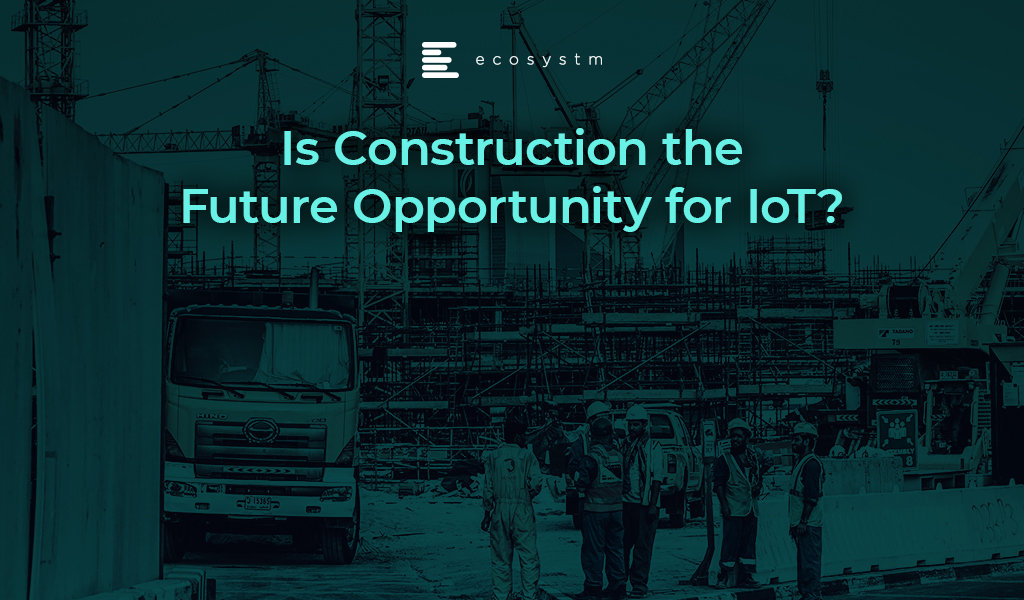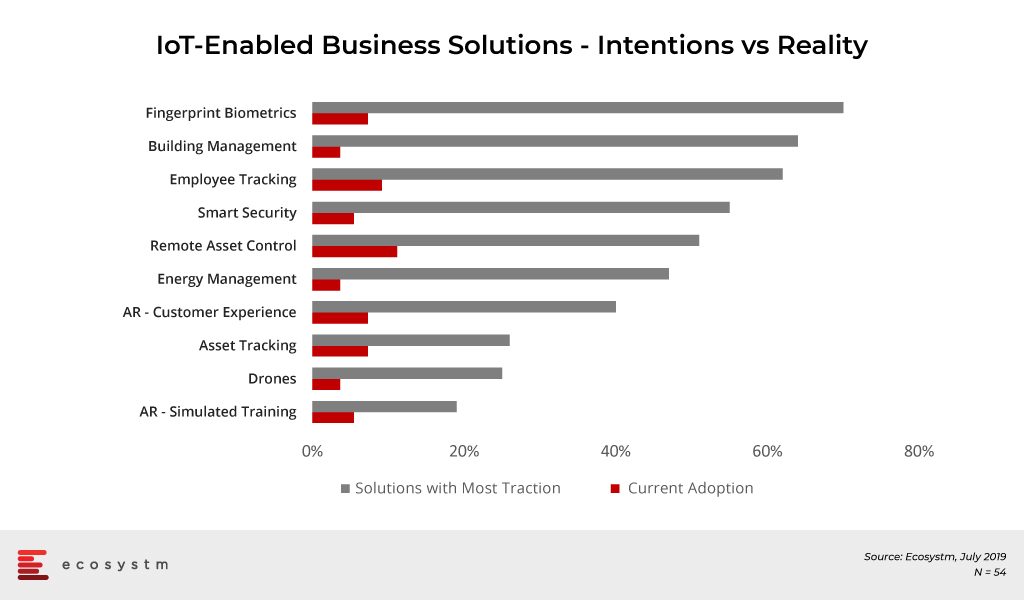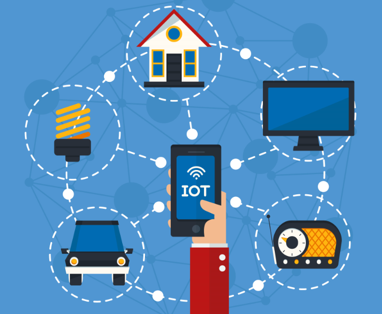
The construction industry employs about 7% of the world’s working-age population and although many people think that robots will take away their work, construction workers should not be worried at this time.
In 2017, McKinsey Global Institute published a surprising report: labour productivity in construction has decreased by 50% since 1970. In addition, McKinsey believes that productivity in construction has registered zero increases in recent years. While other industries have been transformed, construction has stalled. The effect is that, when adjusting to inflation, a building today costs twice as much as 40 years ago.
And although the construction industry is a growing market, there are still some problems that need to be handled to increase profitability and productivity. The main problems facing the construction industry in 2019 are:
- Shortage of skilled labour
- Rising cost of steel, aluminium, wood and other materials.
- Decline in growth
- Low performance projects
- Sustainability
- Security
- Inconsistent use of technology
The construction sector has been positive for the past four years, mainly due to the recovery of residential construction. However, the growth can still be erratic. For example in Europe, after the precedence of the previous decade, a scenario is being predicted where 2020 still shows positive growth (3.5%) but 2021 may not (-3%).
Adoption of Technology in Construction
The construction industry is notoriously slow in adopting technologies such as IoT that could boost productivity and, ultimately, profitability.
And although it is believed that construction companies that adopt this technology would also be able to attract new labour force to work for them over others and, in general, have a significant advantage over competitors, the reality is that it is not happening. The general vision insists on a reality: construction and engineering companies see the need for change, but in one way or another they resist.
One of the biggest opportunities of the construction sector is its enormous capacity to reinvent itself. Building Information Modelling (BIM), 3D printing and Virtual Reality (VR) can help architects and builders in creating a construction model. These technologies, along with drones and IoT can be of enormous help to construction workers, increasing their efficiency and ensuring their safety. Materials science is also developing newer material that can impact the industry. The integration of technological trends such as IoT, will facilitate many of the tasks of the sector, optimising resources, improving compliance with deadlines and quality in projects and works.
The Opportunity of IoT in Construction
The appetite of investors for start-ups in the construction sector is growing, although not many are in the IoT box. There are still few examples of companies in the sector that are adopting IoT. And although I have no doubt that IoT will positively impact this industry none of the productivity, maintenance, security and safety drivers seem to be convincing them at the moment.
In the global Ecosystm IoT Study, participants from the construction industry were asked about the key business solutions targeted for IoT uptake. While the industry is aware of the IoT solutions and the role they can have in asset and people management, the actual uptake of these solutions is far lower. Around a tenth of Construction companies have some sort of an IoT-enabled asset control and management solutions.

There are ample examples of innovation with IoT in Construction.
- Machine control
- Construction site monitoring (Examples include)
- Anchor load monitoring from installation
- Control of the deformation of the ground during the construction of a tunnel
- Monitoring changes in pore water pressure during soil consolidation
- Monitoring of the settlement process during the soil recovery works
- Fleet management
- Wearables with AR capabilities and safety measures
Some practical examples of IoT in Construction have been covered in the article and include
- Remote operation
- Replenishment of supplies
- Equipment construction and monitoring tools.
- Maintenance and repair of equipment.
- Remote use monitoring
- Energy and fuel savings
Key Takeaways
IoT and other emerging technologies can improve productivity, reduce costs and security in the construction industry. Construction companies, real estate and engineering firms should continue their investments in IoT.
They should not fall back into the same mistakes of the past and should not fear the loss of jobs due to the new technologies like IoT or Artificial Intelligence (AI). The adoption of IoT is unlikely to replace the human element in Construction. Instead, it will modify business models in the industry, reduce costly mistakes, prevent injuries in the workplace and make construction operations more efficient.
Smart Construction is key to building Smart Cities and is an element in Smart Building, Smart Transportation and even Smart Healthcare. The limits of using IoT in Construction is our imagination.
Thanks for your Likes and Shares.







Thanks Mr. Francisco for informative post. IoT devices will be a huge part of how we interact with basic everyday objects. In just one year alone, we went from having 5 million IoT devices connected to the internet to billions. The future is happening now, and these devices are getting smarter every day through machine learning and artificial intelligence.
A great piece that sheds much-needed light on emerging technology like IoT in real estate and its impact on the business as there are many new details you posted here. Sometimes it is not so easy to provide a top IoT in real estate solution without custom knowledge; here you need proper development skills and experience. However, the details you mention here would be very much helpful for the beginner.
A great piece that sheds much-needed light on merging technology and its impact on the business as there are many new details you posted here. Sometimes it is not so easy to build a “ Real Estate App Development ” without custom knowledge; here you need proper development skills and experience. However, the details you mention here would be very much helpful for the beginner.